Types of Meadow
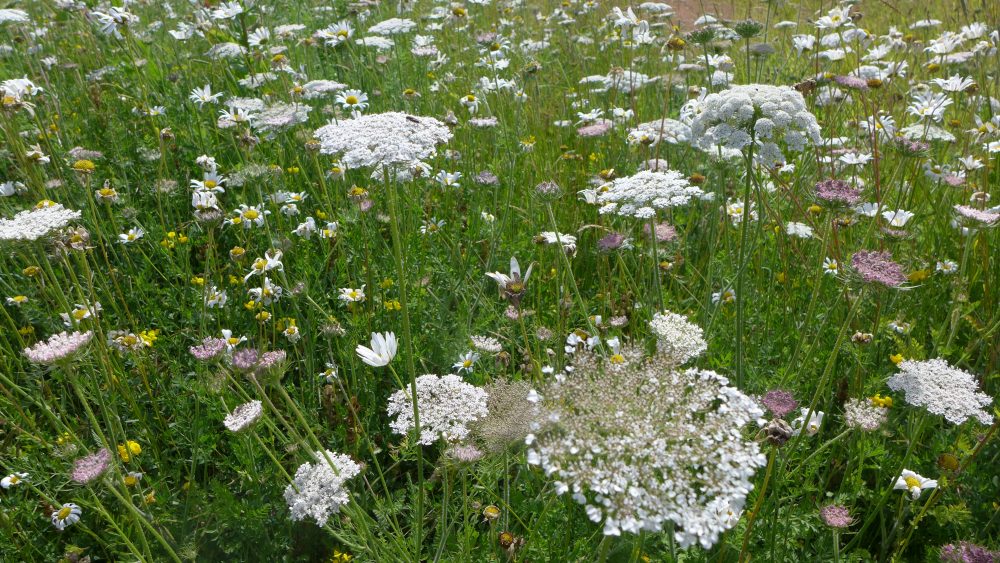
There are many different types of meadows, but for the purposes of adding a description to the meadows posted on the Dartmoor meadows map, this is a list of the most common meadows found on Dartmoor. Some meadows have different areas within in, for example dry on a slope and wet at the bottom.
Species-rich dry meadow
Orchids can be common and abundant, plus characteristic species including common bird’s foot trefoil, oxeye daisy, common knapweed, eyebright, yarrow and cat’s ear.
Species rich wet or damp meadow
Wet pastures are dominated by rushes. They can be very rich in flowers though, including species like devil’s bit scabious, marsh thistle, yellow flag iris, water mint, wild angelica, hemp agrimony and ragged robin.
Rhos-pasture
Rhos pastures are characterised by purple moor-grass and jointed rushes. They are enclosed fields, found in valley systems away from the open moor, usually in a mosaic together with wet woodland, oakwood and other species-rich grassland. Devil’s-bit scabious is common, plus meadow thistle, heath spotted orchid, marsh violet and greater bird’s-foot trefoil.
Grassland under restoration
Dominated by grasses, though several different types not just one or two. May have some flowers already present but not abundant. Being managed in order to increase its diversity.
Garden meadow
A flowering lawn or wild areas in a garden, orchard or allotment.
Wood meadow
A grassland with several different types of grasses, some wildflowers present, or many. Small copses of trees are planted within the field, or there are single scattered trees throughout.
County Wildlife Site
Some meadows that are species rich have been designated as County Wildlife Sites because of the special nature of the flora and fauna the meadow supports. Many of our most important wildlife sites or areas of priority habitat aren’t statutorily designated, for example within a Site of Special Scientific Interest (SSSI), but are identified within a non-statutory framework run by DBRC in partnership with Devon Wildlife Trust and Devon County Council. Could your meadow be next? Find out more here.
More Meadow Creation and Management help and information
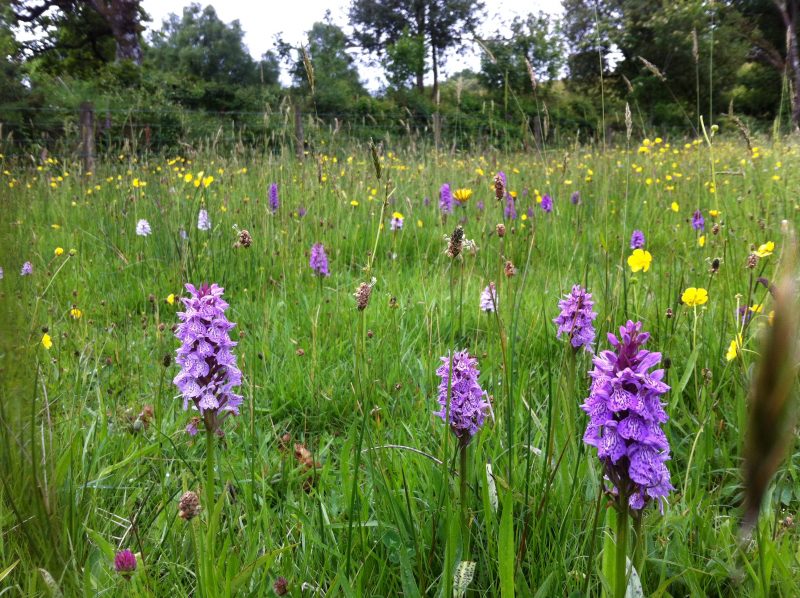
Beginners’ Guide
Answers to frequently asked questions from people starting out
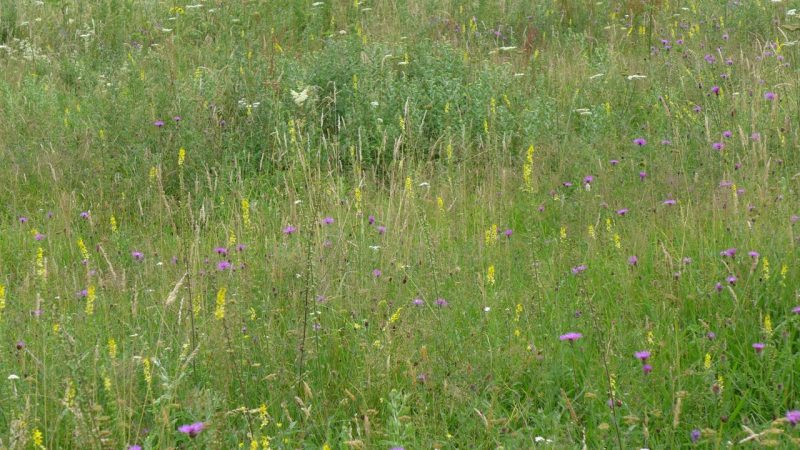
How to Create a New Meadow
You’ve a rye grass pasture and you’d like more wildflowers? Or you’re interested in creating species rich grassland on ex arable land?
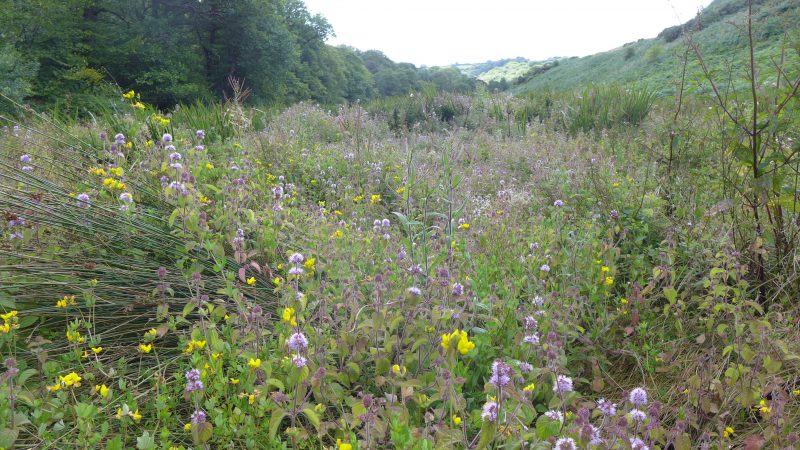
How to Restore a Meadow
Meadow expert Sue Everett tells you how to restore a pasture back to a species-rich meadow
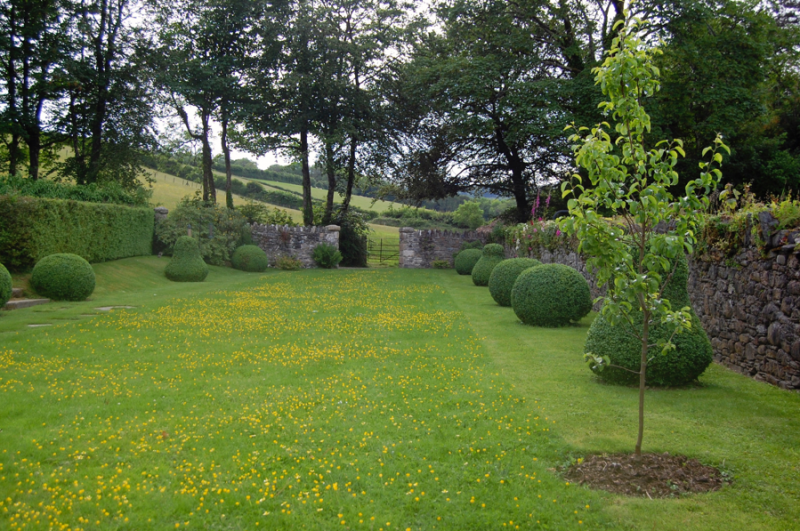
How to Create a Meadow in Your Garden
A simple guide to turning your lawn into a wildlife-friendly garden meadow
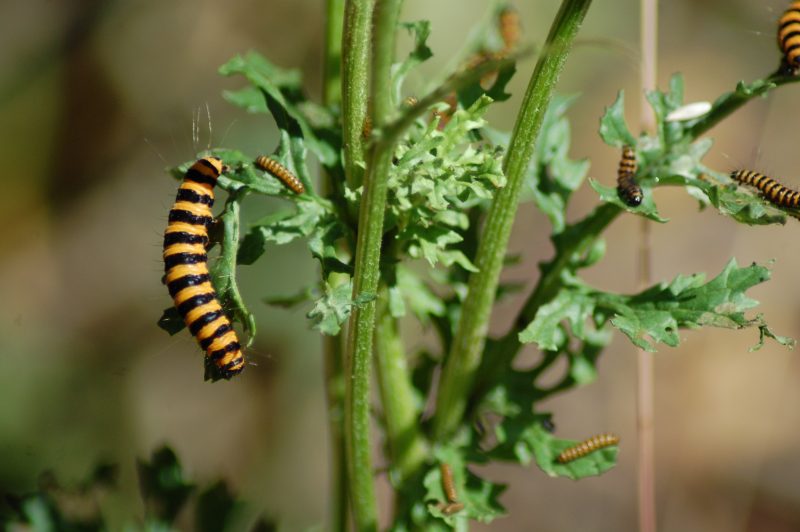
Have a Question?
What’s that plant in my meadow? When should I cut if I want to help butterflies? How can I manage my bracken problem? Has anyone got any yellow rattle seed?
